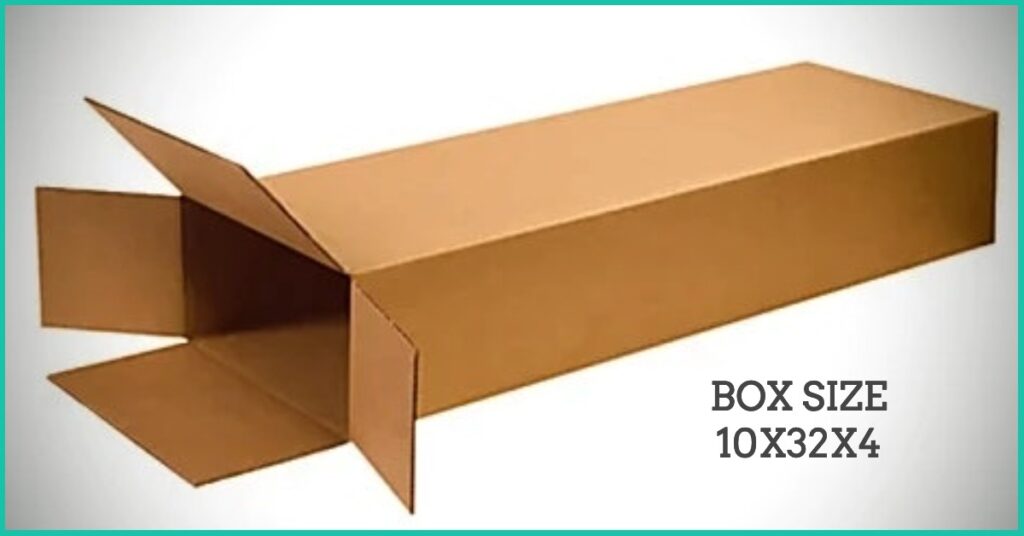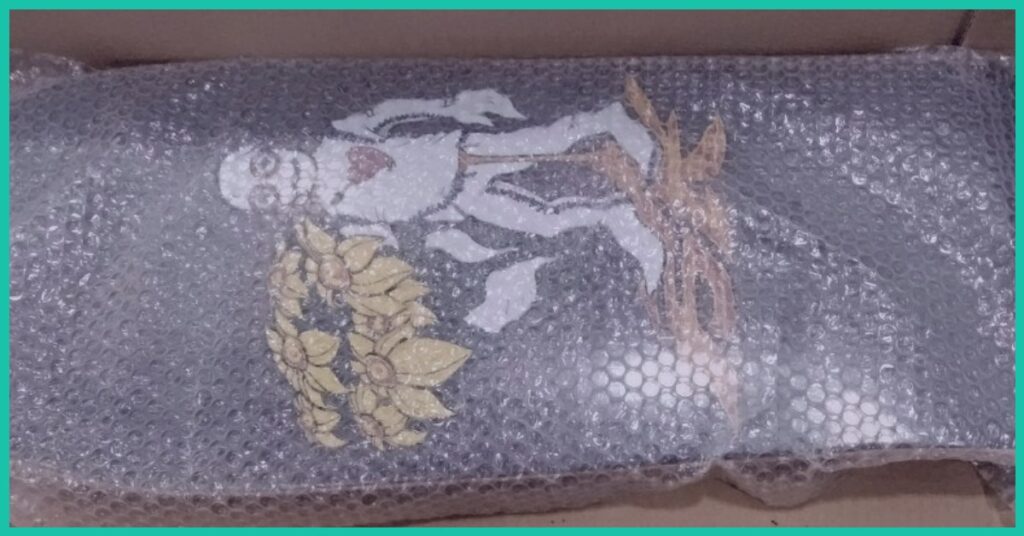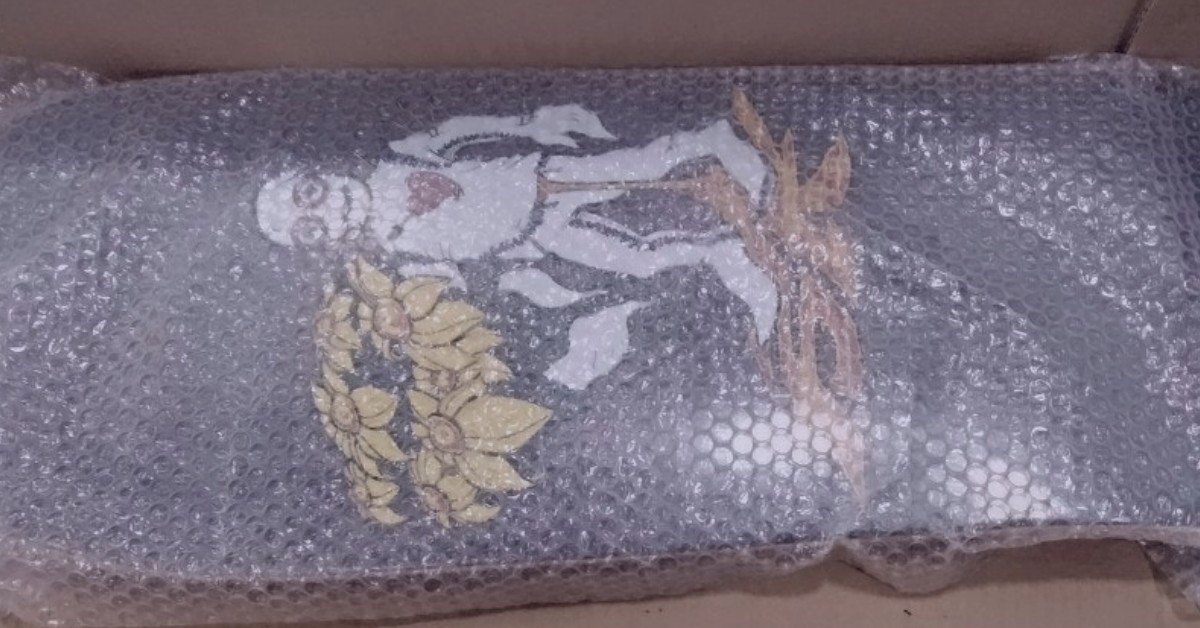Skateboard collectors are pretty tight with each other, and it only takes one lousy transaction to ruin your reputation. So when it comes to selling and shipping your original Powell Peralta Mike Mcgill deck, you’ll need to package the skateboard and ensure it arrives safely.
I’ve seen decks being shipped in so many ways that Ray Charles would cringe at the sight of the box you have shipped! I’ve seen decks shipped with just bubble wrap and a label. I’ve seen decks shipped in damaged boxes. And one time, I received a deck wrapped in a garbage bag and a shipping label stuck to the bag. Doing this often damages the deck and causes unnecessary conflict with the transaction.
So let’s hope this information on correctly packaging and shipping a skateboard helps you save mishaps and refunds due to poor packaging!

Finding suitable Skate Deck packaging materials
You will need one box with dimensions that fit the size of the skateboard being sold. For example, if selling an old school skateboard deck, which is 10×31, you will want a box around 10.5×31.5 with a height of no more than 3″ or slightly bigger to accommodate the bubble wrap protection on the deck.
The smaller the dimension of the box size, will cut your cost down when shipping, so keep this in mind!
A roll of bubble wrap, don’t skimp on this part, it plays a vital role in the safety of the deck getting to the buyer, and you more than likely have some lying around from something you ordered from the past. Use it! This is a simple process.
You can add more protection by placing the skateboard into a poly skateboard storage bag. But if you don’t have one of those, no worries!
Wrap The Skateboard With Bubble Wrap
Wrap the skateboard with bubble wrap, making sure the skateboard is completely covered. This includes the sides of the deck! This is the most common area to get damaged during shipping without bubble wrap. Make sure to use tape and tape the bubble wrap to itself and not the deck itself.
This could cause damage when the buyer pulls it off the deck, causing the paint or ink to come off with the tape.
Packing paper! You will want to crumble up some packing paper and place it at the bottom of the box and the end right before you close it. Doing this will help prevent any movement with the deck inside the box and help with anything that would get slammed against the box, protecting the nose and tail of the skateboard!
Use Only Packaging Tape
Get packaging tape. Yes, packaging tape. It is not masking tape, duct tape, or Gorilla tape!
Make sure to tape the ends of the box securely so the deck is in the box when the buyer gets it!

Print the shipping label out and tape it to the box with the correct address and return address, or write the address on the box with a sharpie and take it to the shipper of your choice. They will print out the correct label and apply it to the box!
We hope this article helps with more skateboards showing up, not damaged, and the sellers not having to return money!
Popular Questions
Here are some popular questions on “How To Ship Skateboards.”
What materials are needed for shipping a skateboard safely?
You will need a properly sized box, bubble wrap, packing paper, packaging tape, and a shipping label.
What are the recommended dimensions for the shipping box for a skateboard?
The dimensions of the box should fit the size of the skateboard being sold. For example, for an old school skateboard deck (10×31), a box around 10.5×31.5 with a height of no more than 3 inches is recommended.
Why is bubble wrap important when packaging a skateboard for shipping?
Bubble wrap is crucial as it provides protection to the skateboard during transit. It helps prevent damage, especially to the sides of the deck, which are prone to damage without proper wrapping.
What should you be cautious about when using tape with bubble wrap on a skateboard?
It’s important to use tape to secure the bubble wrap but avoid taping it directly to the deck. Taping directly to the deck can cause damage when the buyer removes the tape, potentially causing paint or ink to come off with it.
Why should packing paper be used when packaging a skateboard for shipping?
Packing paper should be crumbled up and placed at the bottom of the box and the ends to prevent any movement of the deck inside the box. This helps protect the nose and tail of the skateboard from being damaged during transit.
What type of tape should be used for sealing the shipping box?
Only packaging tape should be used for sealing the shipping box. Masking tape, duct tape, or Gorilla tape should not be used.
How should the shipping label be attached to the box when shipping a skateboard?
The shipping label should be printed out and either taped to the box with the correct address and return address, or the address can be written on the box with a sharpie. If writing with a sharpie, you can take the box to the shipper of your choice, and they will print out the correct label and apply it to the box.
What is the importance of correctly packaging and shipping skateboards for sellers?
Proper packaging and shipping of skateboards help prevent mishaps, refunds, and damage during transit, ensuring that skateboards arrive safely to buyers without issues.
Glossary
Here’s a glossary for key terms related to shipping a skateboard.
Shipping Label: A document containing shipping information, including the recipient’s address, sender’s address, and tracking details, used for labeling packages for shipment.
Bubble Wrap: A protective packaging material consisting of plastic sheets filled with air bubbles, used to cushion and protect items during shipping and handling.
Packing Paper: Thin sheets or rolls of paper used for wrapping and cushioning items within packaging to prevent damage during transit.
Packaging Tape: A strong adhesive tape designed for sealing packages, ensuring that they remain securely closed during shipping.
Old School Skateboard Deck: Refers to a skateboard deck design typically associated with the 1970s and 1980s, characterized by a larger, wider shape compared to modern skateboard decks.
Poly Skateboard Storage Bag: A storage bag made of polyethylene or similar material used to protect skateboards from dust and damage when not in use.
Sharpie: A brand of permanent markers commonly used for writing on various surfaces, including labeling packages with addresses.
Masking Tape: A light adhesive tape used primarily in painting applications, not suitable for sealing shipping boxes.

